
Qantas: Airbus wins Project Sunrise
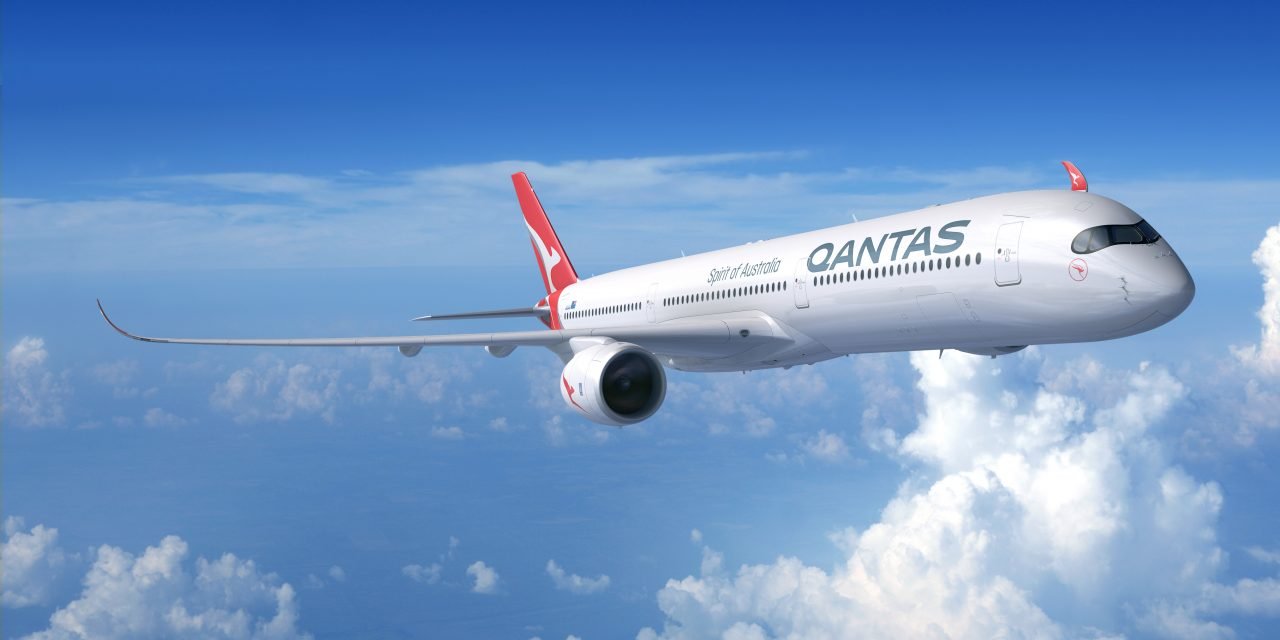
The Airbus A350-1000 has been selected by Qantas for Project Sunrise. Not a big surprise, as Boeing had effectively ceded the win some time ago when it delayed the development of the B777X.
But this is no assurance that the overall project will go ahead. The press release states – my emphasis:
‘After detailed evaluation of the Boeing 777X and Airbus A350, Qantas has selected the A350-1000 as the preferred aircraft if Sunrise proceeds.’
Qantas Press Release
The aircraft will be powered by the Rolls Royce Trent XWB engine and Airbus will add a fuel tank, slightly increasing the maximum takeoff weight that Project Sunrise routes will require.
Content of this Post:
No Airbus order though
It should be noted that Qantas has not made an order for the plane as yet, but has negotiated an extension on the order deadline from February to March 2020.
The extension of the plane order window will still allow Qantas to start flights for its scheduled start of the Sunrise Project in the first half of 2023.
‘No orders have been placed but Qantas will work closely with Airbus to prepare contract terms for up to 12 aircraft ahead of a final decision by the Qantas Board.
Qantas Press Release
So the project is still up in the air, despite choosing the winning plane.
Industrial negotiation
Qantas still has to negotiate terms with the pilots for changed working conditions on the flights as well as ‘efficiencies’. These could be difficult and painful, so its no surprise that Qantas is seeking extra time.
‘Qantas has put forward a number of suggestions to AIPA on how the gap might be closed while still offering three per cent annual pay increases and promotional opportunities to its long haul pilots. Discussions centre on productivity and efficiency gains, including the ability to use the same pilots across its A350 Sunrise aircraft and the airline’s existing fleet of Airbus A330s.’
Qantas Press Release
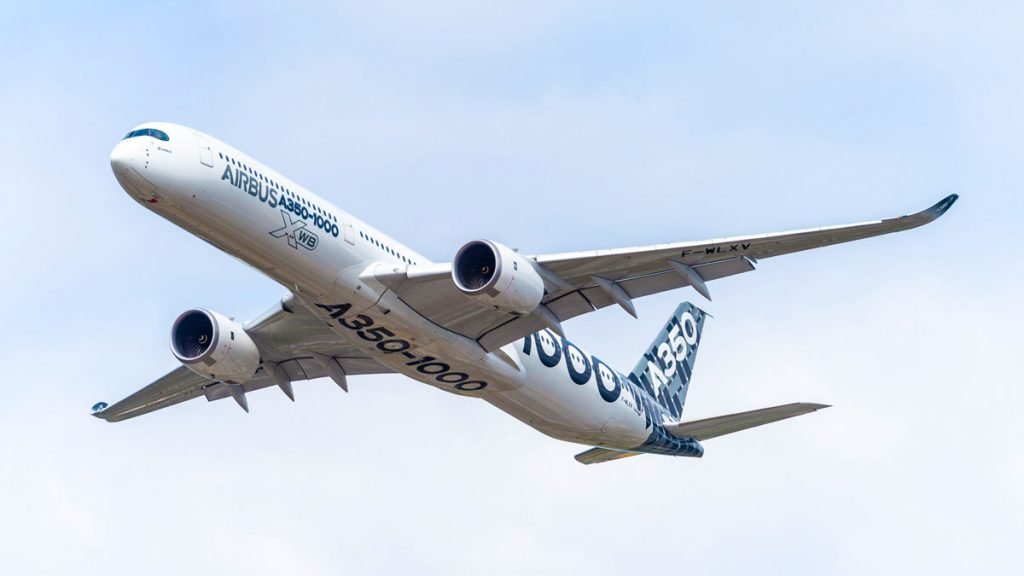
Approval from regulators
After the plane choice, the industrial agreement, the third area to settle before the project can proceed is regulatory approval.
Qantas will use the evidence it has collected from the recent research flights about flight crew performance to bolster its argument to the Civil Aviation Safety Authority which will need to approve an extension to current operating limits to make these ultra long haul services possible.
‘Based on detailed information already provided by Qantas on its fatigue risk management system, CASA has provisionally advised that it sees no regulatory obstacles to the Sunrise flights.’
Qantas Press Release
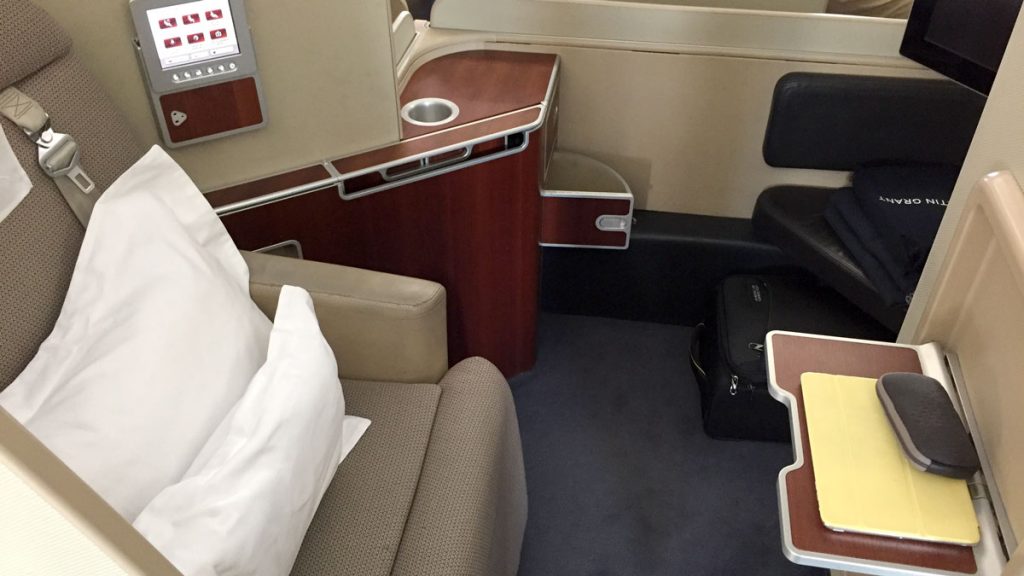
Aircraft Interior
The Sunrise Project will herald the next evolution in Qantas cabins and seats across all classes. The press release highlights the need for a stretching and movement area particularly for those poor possums caged in Economy. Does that mean a bar for Economy?
Qantas also seems wedded to the new service flow it has been testing on the Project Sunrise flights, centered around the timezone at the final destination.
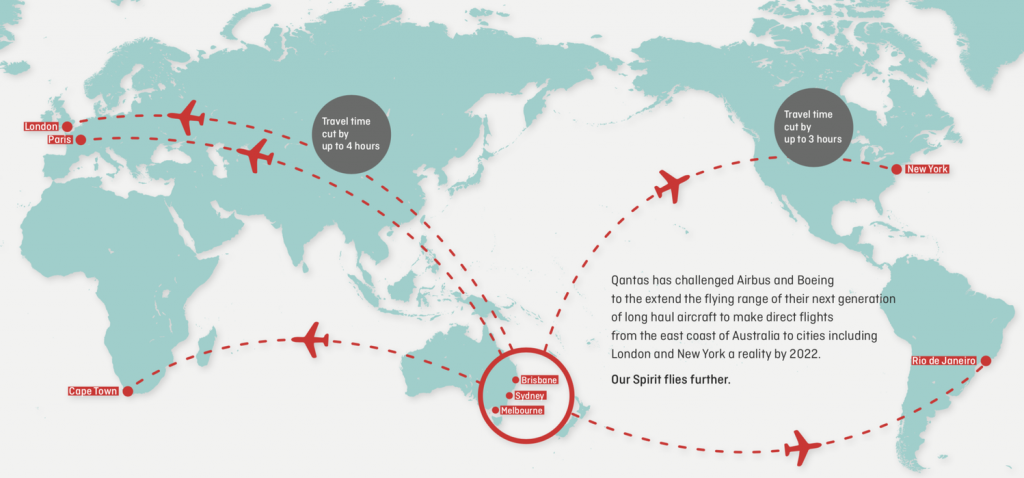
Where does this leave us with Project Sunrise?
Well closer than we were a week ago when Qantas delayed its decision.
Qantas would not have made a decision on the aircraft unless it was convinced it had actually chosen a product capable of the job. This will be cemented once Qantas actually places an order – an order that will probably still have some capacity for Qantas to change the specifics so that the 12 (same as the number of A380’s they have) A350-1000’s becomes a replacement for the A380’s, Project Sunrise or no Project Sunrise.
“The aircraft and engine combination is next generation technology but it’s thoroughly proven after more than two years in service. This is the right choice for the Sunrise missions and it also has the right economics to do other long haul routes if we want it to.”
Alan Joyce
And you can bet that mathematician Alan has looked at the economics every which way. Alan has also proved that he can be a tough negotiator – he even closed down the international operation to prove that. So, I have no doubt about his ability to negotiate the agreement he wants with pilots.
“We’ve done a lot of work on the economics and we know the last gap we have to close is some efficiency gains associated with our pilots. We’re offering promotions and an increase in pay but we’re asking for some flexibility in return, which will help lower our operating costs.”
Alan Joyce
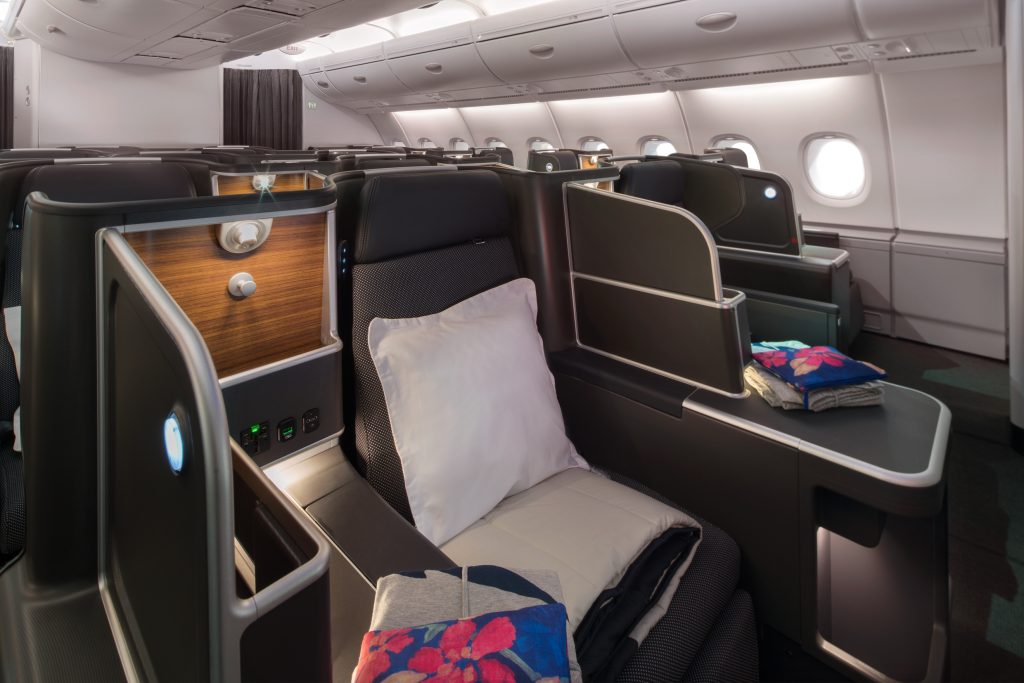
2PAXfly Takeout
I am still as skeptical as ever about Project Sunrise. However, what I have realised is that the project is really about what plane and service improvements Qantas will adopt to replace its A380 operations. So the winner is Airbus.
Whether the Project Sunrise 21 hour flights go ahead or not, Qantas is tying its long haul strategy to Airbus A350’s. Don’t think that once they order, they will be tied to A350-1000’s, but they will be tied to Airbus. I’m sure the order contract will be written so that Qantas can chop and change the specifications within the overall figure of the contract.
It’s the industrial and regulatory agreements that will really determine whether Project Sunrise will go ahead. These agreements will lay the foundation for future flexibility with pilots and regulatory authorities whether Qantas is embarking on 21-hour flights or not.
The other spinoff from the Sunrise Project will be new seating, cabins, and service design. It makes me happy that Qantas will be renewing these since they now lag well behind the best industry practice. Did anyone mention enclosed business class, or even first class, and dine-on-demand?
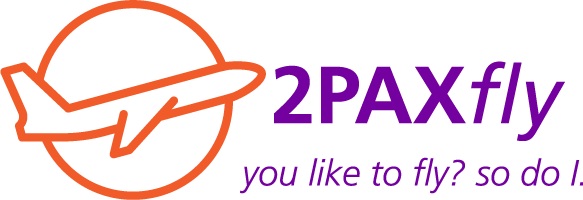




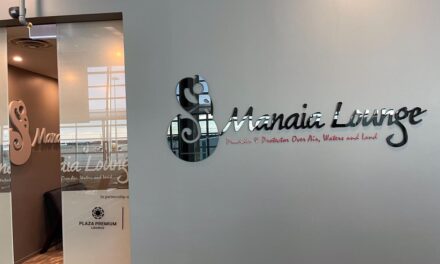
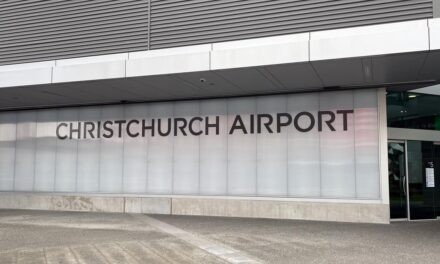




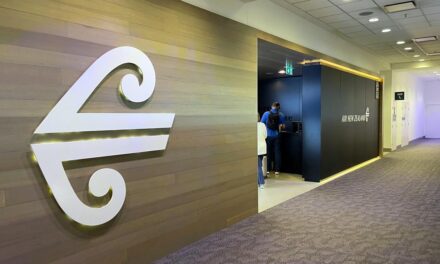
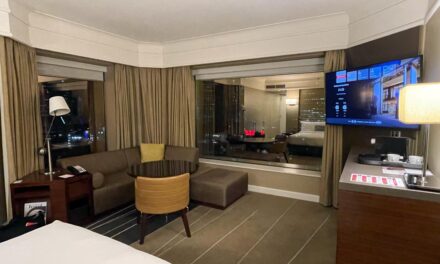
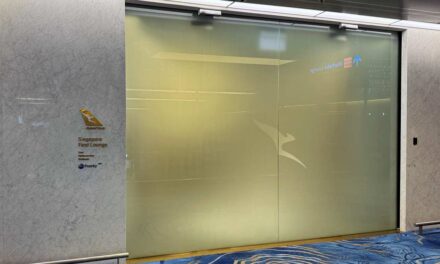
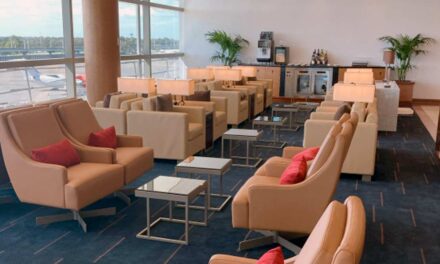



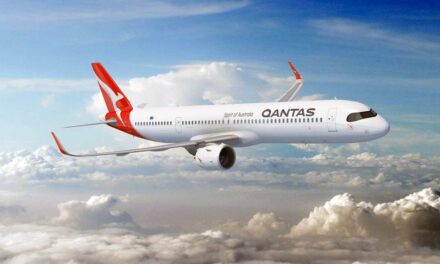


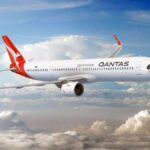






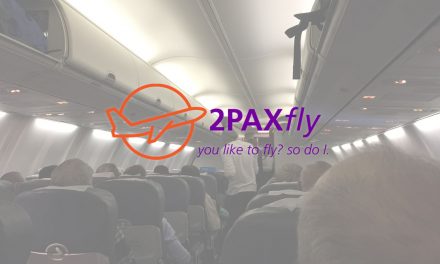




What did you say?